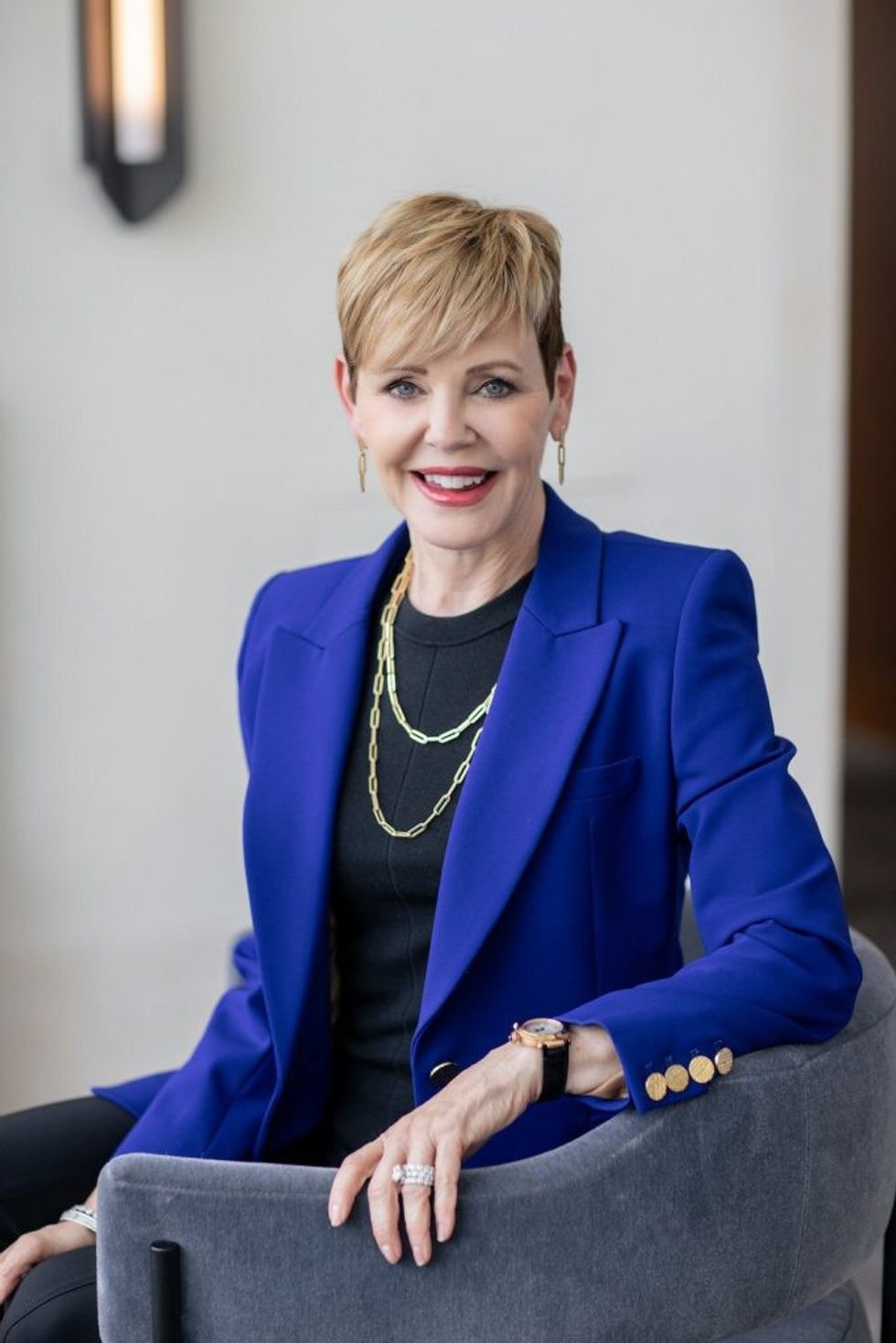It’s not an easy time to be a Canadian retiree -- a rising interest rate environment, swinging equity markets, and steep inflation not seen since the '80s are posing unique challenges for those on fixed incomes. For those planning out their golden-year finances, few could have foreseen the events of the past 24 months.
And, while much attention has been paid to how pricier interest rates and inflation have impacted Millennial and Generation X consumers -- namely their ability to get into the housing market -- those without regular income streams are living on the margins more than ever in today’s economic climate. That’s only going to get tougher as the Bank of Canada continues its rate hike trajectory; the cost of borrowing is set to increase between 0.75 - 1% tomorrow in the central bank’s sixth announcement of the year.
Pattie Lovett-Reid, HomeEquity Bank’s Chief Financial Commentator, tells STOREYS that many in the 55-plus age group are having to make deep cuts to their lifestyle spending, such as not driving, making charitable donations, or socializing. She references recent findings collected by polling company Angus Reid, that found 48% of older Canadians stated they couldn’t handle an unexpected expense.
“There’s no question, we are in a difficult environment, and I would argue that anyone who was thinking about retirement, or is in retirement, never really factored in a pandemic. It just wasn’t on the radar. You may have factored in inflation, volatility in the markets, living too darn long... we know that people are struggling,” she says.
“What we know is that there are many who may have already removed themselves from the workforce, that are living so close to the margin that there isn’t a lot of financial flexibility. And the debt level continues to rise because people are scrambling.”

She says she is often approached in-person or online from older Canadians seeking financial words of wisdom -- and that their first-person accounts can be gut-wrenching.
“They talk about the fact that they can no longer go to their grandchildren’s birthday party, because they don’t know how to show up without a gift, because they can’t afford it right now,” she says. “They will say that they have dropped all club memberships, they don’t go to the gym, and they’ve pulled back on socialization.”
The latter can be an especially big concern for older Canadians, she adds, as financial stresses can often exacerbate mounting health issues. And, due to the existing stigma this generation may feel discussing money matters, warning signs may go undetected by family members and friends.
Retirees Can Look to Home Equity
While Reid has long been a champion of a good old-fashioned emergency fund to counter unexpected economic foibles, she recognizes there are many households who’ve never had the luxury of setting funds aside for a rainy day.
However, an advantage this age group does boast is widespread homeownership, given many entered the real estate market decades ago and have benefited greatly since from enormous market appreciation. According to data compiled by Royal LePage, 73% of Canadian baby boomers own their own homes -- the highest rate of any generation.
“Their home is in fact, an emergency fund, if they choose to look at it that way,” she says. “But there is still a stigma that maybe taking some of the equity out of my home to help me live my golden years better, is just not something I want to do. And I’m saying, in this environment, it’s a challenge, and you have to explore every single option because you don’t get these years back. You don’t have the luxury of time on your side, but you do have the luxury of enjoying a lifestyle that you have earned, because you can afford it.”
There are two main methods seniors can go about to tap into their home’s value. The first is to take out a Home Equity Line of Credit (HELOC). Borrowers in good standing can generally access up to 80% of their home’s value, making interest-only minimum payments. But, like credit cards, HELOC debt is revolving, meaning it can spiral out of control without a prudent payback plan. And, as HELOCs are floating-rate loans -- generally priced at Prime + 0.5% -- they’re directly impacted by any interest rate increases made by the Bank of Canada.
That could pose too much exposure to households already living on their financial edge, says Reid. “They really need to do their homework, and they need to understand what it is they’re doing, what happens with a home equity line of credit -- you continue to continue to draw against it, and it’s backed by the value of your home,” she says. “But when you hit that upper limit, you will be required to make interest payments, and that’s where it can get very dangerous for some people in a rising interest rate environment."
The second option is to utilize a reverse mortgage, which allows homeowners aged 55 and up to access built-up equity (between 15 - 60%, depending on the product), that only needs to be paid back when either the home is sold, or via the estate when the last borrower passes away, or moves into long-term care housing. Rates are also variable, priced in the 7 - 8% range. However, given they tend to be longer-term horizon loans, borrowers can ride out both short-term rate volatility, and any value dips in the housing market.
“Not everyone explores a reverse mortgage because it’s their only option, it’s about diversifying their entire income streams,” says Reid.
“We’re still in a rising interest rate environment. People will never owe more than the value of their home. And while that feels -- and it always does when you’re in the thick of it, from my perspective anyway -- that real estate prices are going down and they’re never coming back, yes, they will; they take time."
“What I see and what people tell me is that they initially said no [to a reverse mortgage] -- because there is a cost, and you need to know what the costs are -- but then they come back because their situation didn’t change, the peace of mind was too great, they plan on staying in their home and they don’t plan to sell their home any time soon, and believe that values will come back.”
Finally, older Canadians with the flexibility to lock in their funds for the longer term stand to benefit from the Bank of Canada’s hiking mandate; as the central bank increases its benchmark cost of borrowing, consumer lenders follow suit with their Prime-based products, which include investment vehicles like guaranteed income certificates (GICs). And, while the banks are notoriously slower at passing along the perks of rising rates than they are at raising prices, the benefits will trickle down to investors, says Reid.
“The financial institutions take some time, but they will get there, and we have seen rates going up,” she says.





















